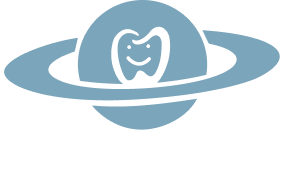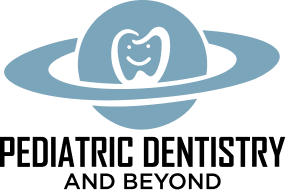Flossing is an essential daily practice for healthy dental hygiene. Dental floss is a thin thread that comes in waxed, unwaxed, plain, and flavored varieties. The technique might be uncomfortable at first, but with practice, flossing will become simpler and, along with brushing, should be part of one’s daily regimen.
It is critical to incorporate flossing once a day into your dental hygiene routine to reduce the chance of cavities and gum disease. According to a recent CDC survey, approximately half of all US individuals aged 30 and up have periodontal disease, a condition that worsens with age. According to another CDC study, one in every four people aged 20 to 64 had at least one cavity. Both periodontal disease and cavities can result in expensive dental appointments. Finally, the more proactive and committed you are to prevention, the fewer problems you will have to deal with when it comes time for scheduled cleanings. However, not enough Americans make the time to do so.
Benefits of flossing:
Helps in the removal of food particles and plaque between teeth and along the gum line, where your toothbrush cannot reach.
Plaque removal from below the gum-line, which can erode tooth enamel and form tartar (causing tooth discoloration).
Helps in the prevention of gingivitis, which can lead to periodontitis.
Reduces the possibility of gum discomfort, puffiness, and redness.
Reduce your chances of getting cavities.
Helps in the removal of food particles and plaque between teeth and along the gum line, where your toothbrush cannot reach.
Plaque removal from below the gum-line, which can erode tooth enamel and form tartar (causing tooth discoloration).
Helps in the prevention of gingivitis, which can lead to periodontitis.
Reduces the possibility of gum discomfort, puffiness, and redness.
Reduce your chances of getting cavities.


Types of Floss:
Super floss (especially useful for people who have orthodontic braces, bridges, or large gaps between their teeth)
Waxed and unwaxed thread (most common types)
Floss picks (ideal for traveling or flossing while on the go)
Air flossers (which utilize air pressure to remove debris from between the teeth)
Water flosser (flush away dirt between teeth with water pressure)
Waxed and unwaxed thread (most common types)
Floss picks (ideal for traveling or flossing while on the go)
Air flossers (which utilize air pressure to remove debris from between the teeth)
Water flosser (flush away dirt between teeth with water pressure)
Super floss (especially useful for people who have orthodontic braces, bridges, or large gaps between their teeth)
When should you floss?
At least three times a day, ideally before going to bed.
Waxed and unwaxed thread (most common types)Floss before brushing to ensure that any loose particles are removed from the mouth.
At least three times a day, ideally before going to bed.
Floss before brushing to ensure that any loose particles are removed from the mouth.
What’s the Best Way to Floss Your Teeth?
Take around 18 to 24 inches of dental floss and cut it in half. To grasp the floss correctly, wrap the majority of it around both of your middle fingers. Leave around 1 to 2 inches of floss between your teeth. Then, using your thumbs and index fingers, pull the floss taut. Insert the dental floss between two teeth. Gently move the floss up and down the tooth, pressing it on both surfaces. Do not insert the floss into your gums. This might cause scratches or bruises on your gums. Curve the floss at the base of the tooth to produce a C shape as it reaches your gums. This permits the floss to get between your gums and your teeth. Repeat the procedure from tooth to tooth. Use a fresh section of floss for each tooth.
At Pediatric Dentistry and Beyond at Tewksbury, we’re dedicated to nurturing your child’s brightest smile. Our expert team of pediatric dental specialists is committed to providing gentle, compassionate care in a warm and welcoming environment.

Schedule Your Visit!










